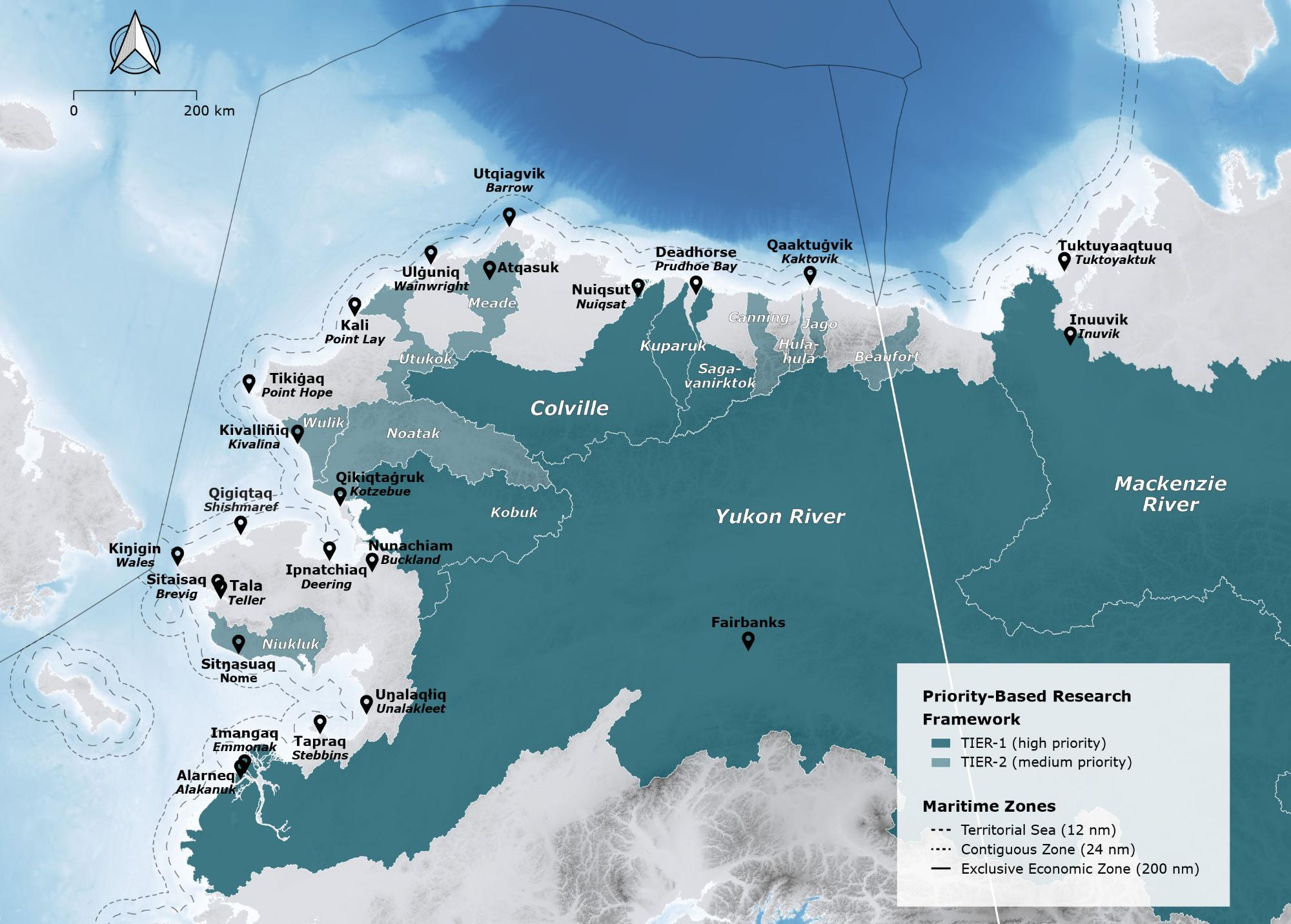Over 10 years ago, the initial study design and implementation concept for a new NASA Ocean Biology and Biogeochemistry field campaign or related team project (scale on par with ICESCAPE, SO GasEx, etc.) was solicited under the NASA
ROSES 2012 and 2013 A.3 Ocean Biology and Biogeochemistry program element. Arctic-COLORS (Coastal Land Ocean Interactions in the Arctic) submitted a draft Strategic Science Plan in the summer of 2015. NASA solicited for feedback on all aspects of the draft Strategic Science Plan for Arctic-COLORS from the community. The comment period closed Nov. 3, 2015. NASA was interested particularly for feedback to improve the strategic science plan under consideration including feedback on the science questions, approaches, measurements, missing components, and seeking to gauge interest in potential partnerships from international and domestic partners, etc.
- Arctic-COLORS Final Strategic Science Plan [PDF]
Comments on the draft Strategic Science Plan have been compiled, and NASA decided to move forward with competition of a Science Definition Team to develop the Implementation Plan for Arctic-COLORS in 2023. The SDT was competed and
formed in 2023, and they disbanded in October 2024 after the submission of an implementation plan.
- Arctic-COLORS Implementation Plan (IP) [PDF]
Science
The Arctic region is warming faster than anywhere else on the planet, triggering rapid social and economic changes and impacting both terrestrial and marine ecosystems. Yet, our understanding of critical processes and interactions
along the Arctic land-ocean interface is limited.
Arctic-COLORS is a proposed program that aims to improve understanding and prediction of land-ocean interactions in a rapidly changing Arctic coastal zone, and assess vulnerability, response, feedbacks and resilience of coastal ecosystems,
communities and natural resources to current and future pressures.
Science Questions
The science of the Arctic-COLORS field campaign program will be focused on three overarching questions, each with sub questions and an associated data collection plan (see IP):
1. What are the effects of land-ocean interactions on nearshore Arctic biogeochemistry?
2. What are the effects of ice on nearshore Arctic biogeochemistry?
3. What will be the effects of future change (warming land and melting ice) on nearshore Arctic Biogeochemistry?
Where?
 View Storymap
View Storymap
Solicitation
The Arctic-COLORS team will be fully competed under ROSES through NSPIRES. When the solicitation is live it will also be posted on this page.
Contact
Laura Lorenzoni and Kelsey Bisson
Science Mission Directorate/ESD